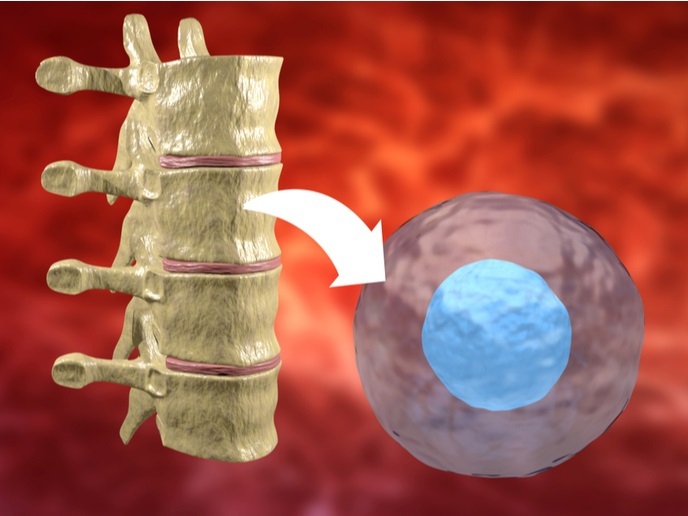Mammary gland stem cell markers
The mammary gland contains populations of stem cells that can self-renew and differentiate into all epithelial cell lineages in the tissue. Wnt signalling is involved in the regulation of many tissue stem cells and the receptor Lgr5 seems to mark a subset of mammary gland stem cells. Recently, an additional receptor, Lgr6, has been identified as a skin stem cell marker, suggesting it could be implicated in other tissues as well. The scope of the EU-funded LGR6MAMMARYSC (The role of Lgr6 as a marker of progenitor cells and cancer-initiating cells in the mammary gland) project was to elucidate the role of Lgr6 in mammary gland stem cells and the involvement of Lgr6-expressing cells in breast cancer development. In this context, scientists identified and isolated Lgr6+ cells from the mammary gland of different mouse strains and investigated their in situ distribution within the tissue. To understand the contribution of these cells in development, they tracked the fate of Lgr6-expressing mammary gland cells during embryonic development, puberty, and pregnancy. Their results support the existence of Lgr6-expressing stem/progenitor cells in the mammary gland. Using two mouse models of breast cancer and genetic lineage tracing, the consortium investigated the role of Lgr6+ cells in tumour onset and propagation. This provided invaluable insight into the initiation and progression of mammary tumours, portraying the behaviour of mammary cancer stem cells. Furthermore, expression of Lgr6 was confirmed in over 50 % of screened human tumours, further pointing to a role in human breast cancer development. The findings of the LGR6MAMMARYSC study support the existence of Lgr6-expressing stem/progenitor cells and their role in normal development of the mammary gland as well as breast cancer. Delineation of the molecular profile of these cells is central for designing interventions that target cancer stem cells to attack the tumour from within.







